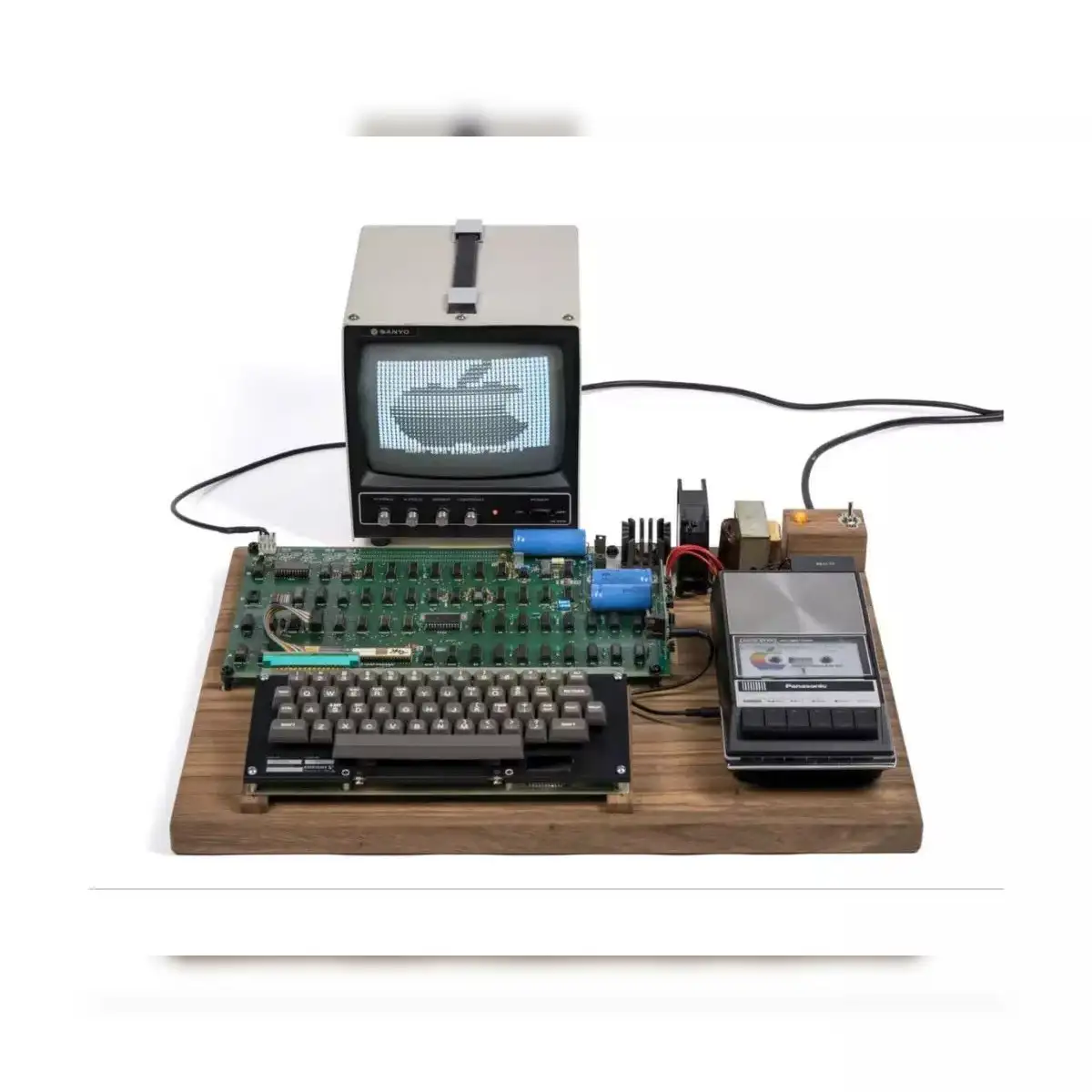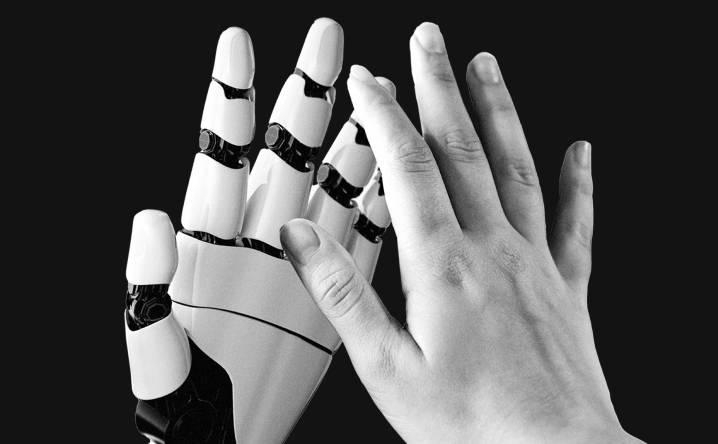Long before Apple became the trillion-dollar titan redefining how the world communicates, there was a wooden box, modest, almost crude, housing what history would call the Apple-1. Today, that same machine, the finest operational Apple-1 known to exist, stands not as a relic of obsolete technology but as a symbol of vision, rebellion, and human imagination. Handmade by Steve Jobs himself, this rare artifact is set to headline Sotheby’s Geek Week History of Science & Technology Sale in New York, 2 July 2025.
But this is not just about a machine.
To understand the Apple-1 is to understand Steve Jobs — not the polished corporate icon draped in black turtlenecks, but the barefooted dreamer, half rebel, half monk, who dared to think different long before it became a slogan. In the mid-1970s, Jobs, alongside his brilliant, introverted friend Steve Wozniak, worked in a cluttered garage in Los Altos, assembling what would become the cornerstone of a digital revolution. This was their cathedral, and the Apple-1 their first altar. Unlike its blinking-light predecessors, the Apple 1 came pre-assembled. It could connect to a regular television set and used a keyboard, opening the door to people beyond computer hobbyists — to artists, teachers, teenagers, to anyone who dared to imagine. This machine wasn’t just about circuits; it was about breaking barriers.
Related article - Uphorial Podcast

What makes this particular Apple-1 significant isn’t just its operational status. It’s that Jobs himself soldered its parts, assembled its form, and pushed it into existence with stubborn, almost fanatical passion. His hands shaped it, his vision powered it. And in many ways, this object captures his essence better than any biography. Jobs was complicated. He could be difficult, mercurial, and obsessively perfectionist. But he was also a storyteller, a believer in beauty and function existing side by side. He wasn’t selling computers. He was, as he often said, putting a dent in the universe. Every wire on that Apple-1 board carries that energy. Every component whispers the story of a man who saw a world yet to exist. Today, Apple is known for its sleek, mass-produced devices. But the Apple-1? It’s intimate. Human. You can almost see Jobs crouched over the board, his mind racing faster than his soldering iron, dreaming of changing the world with something as simple as accessible computing.
As Sotheby’s prepares to auction this machine, collectors and historians see more than silicon and circuits. They are aware of the origins of modern technology. A tangible piece of the story that would later give birth to the Macintosh, the iPhone, and the era of personal computing itself. Yet perhaps the Apple-1’s greatest value isn’t technological, but philosophical. It embodies the raw beginning of a company that, against all odds, believed people should not conform to technology, but that technology should adapt to people. This machine isn’t just Apple’s first product. It’s the seed of its soul. And so, as bids climb at Sotheby’s and collectors circle, know that they’re vying for more than history. They’re chasing the spirit of Steve Jobs himself. The spirit that once, in a simple Californian garage, imagined a world connected not by wires, but by possibilities. The Apple-1 isn’t just operational. It’s alive.



